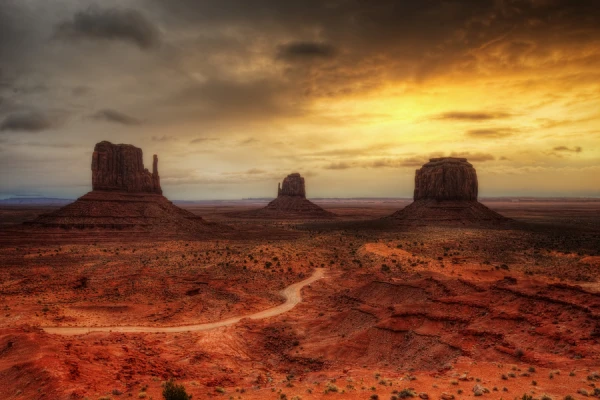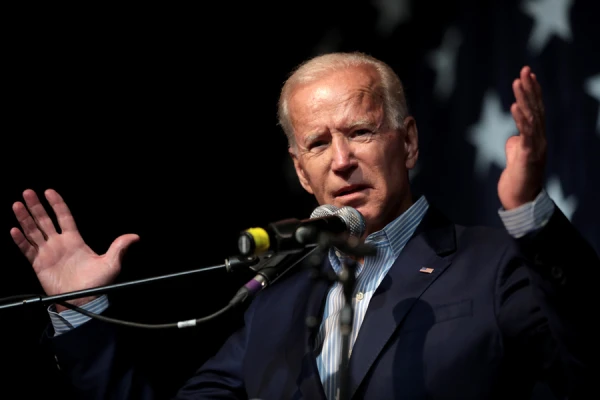
CNA Staff, May 14, 2020 / 06:31 pm (CNA).- The coronavirus pandemic is exacerbating health disparities and long-standing social inequalities facing Native and Indigenous communities, the bishops of the United States said this week.
They called on government officials to work with tribal leaders to ensure strong support and ample resources to protect these communities.
“We hold in prayer our brothers and sisters who are suffering and grieving in these communities, and we stand with them in calling for a robust response to the pandemic in their lands,” the bishops wrote in a May 13 statement.
Recent reports have shown that COVID-19 infection rates in the Navajo Nation, which spans across the northeast corner of Arizona and parts of Utah and New Mexico, are among the highest in the world.
Shortages of COVID-19 tests and hospital beds— concerns in various parts of the country in recent weeks— are especially acute here. So far the more than a 100 people have died in the Navajo Nation after being infected with COVID-19.
“We are heartbroken over reports that Native and Indigenous communities across this country are suffering at disproportionately high rates from the COVID-19 pandemic and concerned about the lack of sufficient resources to respond to the crisis,” the bishops wrote.
“We are especially mindful of the Navajo Nation where people are being infected with the coronavirus at some of the highest rates in the country.”
One of the signees is Bishop James Wall of Gallup, New Mexico, whose diocese encompasses mission parishes within the Navajo Nation.
“We cherish our close connections to Native Communities through our Catholic parishes, missions and schools. We recall once more our profound desire to develop pathways to hope,” the bishops continued.
The U.S. Senate in April unanimously confirmed Rear Admiral Michael Weahkee, a longtime advocate for healthcare for Native Americans, as the new Director of the Indian Health Service, a move the bishops marked as a hopeful sign.
Navajo Nation President Jonathan Nez told the Washington Post on May 11 that the tribe had not yet received the $8 billion allocated to Native American communities as part of the stimulus bill Congress passed in March. Though the nation received $600 million in aid the next day, the territory’s health system remains underfunded.
“It is essential that this funding reach its intended recipients as soon as possible,” the bishops added.
If you value the news and views Catholic World Report provides, please consider donating to support our efforts. Your contribution will help us continue to make CWR available to all readers worldwide for free, without a subscription. Thank you for your generosity!
Click here for more information on donating to CWR. Click here to sign up for our newsletter.




The part of the nation I live in has a very high poverty rate & Covid deaths have been disproportionally among people of color. And those deaths are more numerous in the 50-30 year old population.
From what I’ve read this is true also among Hispanics & Indians. Diabetes affects some Indian communities at rates of 60% & the onset begins at a younger age.
There must be a number of Covid risk mortality factors-cultural, multigenerational households, poverty, genetic risk for diabetes & hypertension, etc., but I think to truly assist folks we have to look at the real data & be transparent about it. Diabetes was virtually unknown in Native American communities a hundred years ago. Why has that changed & how can we find a solution?